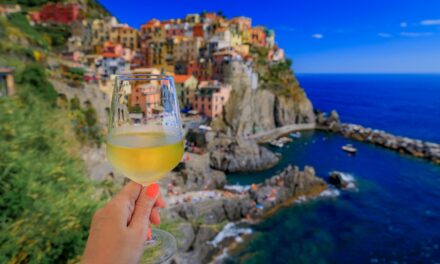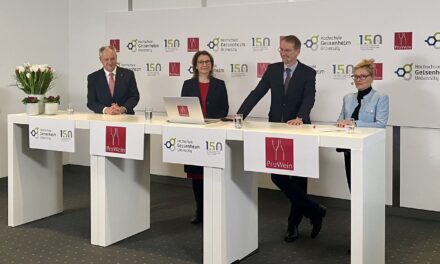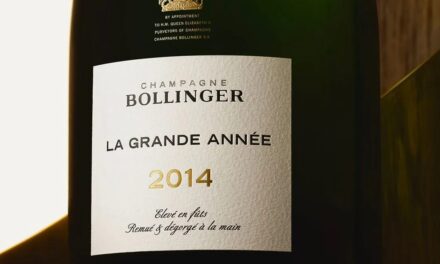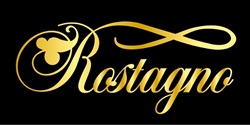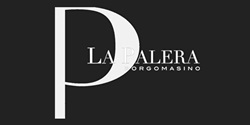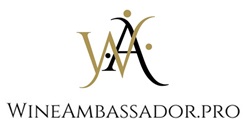ROME – Italy’s wine sector is on the brink of reaching the €8 billion mark, closing its 2022 exports with a new commercial record of €7.9 billion (+9.8%) despite flat volumes (22 million hectolitres, -0.6%). According to the analysis of the Uiv, Ismea and Vinitaly Observatory, which processed data released by Istat on the 12 months of last year, the market has also withstood the inevitable and partial variations in prices, but the escalation of production costs has significantly eroded the margins of the industry, particularly for entry-level and popular products (up to €6 per litre). Despite the economic situation, the final result is undoubtedly positive for one of the most virtuous sectors of Made in Italy in the trade balance, which closes with a surplus of over €7.3 billion. The Observatory notes that the commercial record is undoubtedly determined by price doping, necessary to limit the erosion of margins caused by the surplus of costs, but dangerous on the front of consumption expected for 2023. The last quarter saw a strong slowdown, with values closing at +5% compared to +19% in March, +11% in June and +12% in September, while volumes remain in negative territory (averaging -3% since June, with only the first quarter positive). Among the competitors, France confirms its position as the world leader with €12.3 billion (+11% in value and -5% in volume), while Italy remains the leading supplier in terms of quantity and second in value, ahead of Spain (€2.98 billion, which closes at +3.5% in values and -9% in volumes).
MARKETS
All the main demand markets increased in value, starting with the United States (+10%), which confirm themselves as the top Italian export market with a market share of 23%. Among the top buyers are Germany (with a 15% share), which rose 5% to €1.2 billion, followed by the United Kingdom (+10%), Canada (+11%), Switzerland (+3%) and a France in strong growth (+25%). The picture for volumes is different, decreasing or remaining steady in all the main destinations (the US is -6%, Germany -2%, UK -4%), with the exception of France (+16%, due to the powerful growth of Prosecco, +20%). Chinese demand is still falling, closing the accounts at -28% for bottled wines.
TYPES
Regarding types, the Observatory by the Italian wine union, Ismea and Vinitaly notes a strong boost for sparkling wines, which soared to +19% in value (Prosecco at +22%) and confirmed their positive trend in volumes (+6%, of which +6% Prosecco and +9% Asti Spumante), while bottled still wines struggled (-3% volume), with red wines in difficulty, closing at -4% in volume and +4% in value, compared to the +12% of whites. In particular, for red wines, volumes contracted in the lower price ranges (below €3), while premium wines, especially those from Piedmont (+9%), Veneto (+4%) and Tuscany (+6%), performed very well and even showed good growth. Sparkling wines decreased by 7% in volume but gained 6% in value.
REGIONS
Regarding the regional ranking, with over €2.8 billion in foreign turnover and a performance in the twelve months above the Italian average (+13.4%), Veneto strengthens its leadership in Italian wine exports, gaining a share of 36% of the national total. The second and third positions on the podium are confirmed, with Piedmont’s growth slowing down (+4.6% to €1.28 billion


